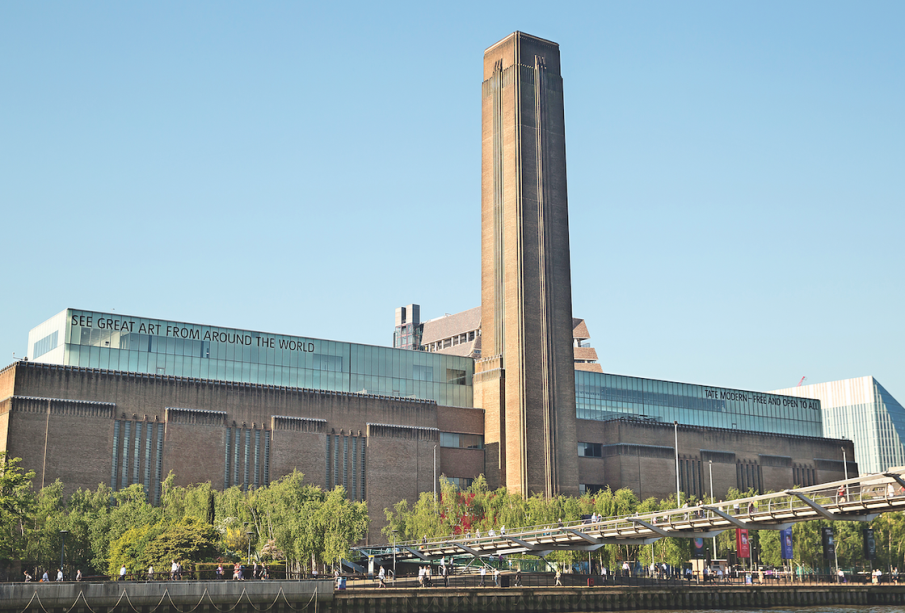Discovering the Tate Modern: A Hub for Contemporary Art

Introduction
The Tate Modern, located on the south bank of the River Thames in London, is one of the most iconic modern art galleries in the world. Opened in 2000 in a converted power station, this remarkable institution has become synonymous with contemporary art and attracts millions of visitors each year. Its relevance lies in its bold approach to modern artistic expression and its ability to engage diverse audiences through thought-provoking exhibitions and programmes.
Exhibitions and Collections
The Tate Modern houses an extensive collection of international modern and contemporary art, featuring notable works from prolific artists such as Pablo Picasso, Andy Warhol, and Damien Hirst. In recent months, the gallery has launched several key exhibitions, including a retrospective of artist Yayoi Kusama, which has garnered significant attention for its immersive installations. Additionally, the gallery premiered new works by emerging artists, highlighting its commitment to showcasing both established and up-and-coming talents in the art scene.
The importance of Tate Modern extends beyond its exhibitions; it offers an array of educational programmes, workshops, and lectures aimed at fostering a deeper understanding of contemporary art. These initiatives are instrumental in engaging visitors of all ages and backgrounds, ensuring that art remains accessible and relevant.
Visitor Experience and Future Developments
Catering to approximately 6 million visitors annually, the Tate Modern remains a dynamic venue for cultural exchange. The gallery has also adapted to the challenges presented by the pandemic by introducing online events and virtual tours, allowing audiences to experience its offerings from home. As restrictions have eased, in-person events and guided tours have resumed, enhancing the visitor experience.
Looking forward, Tate Modern plans to further expand its outreach efforts, particularly focusing on community engagement and partnerships with local artists. Upcoming exhibitions are expected to continue exploring themes of identity, environment, and socio-political issues, reflecting the changing dynamics of modern society.
Conclusion
The Tate Modern stands as a pivotal institution in the realm of contemporary art, serving as a platform for artistic innovation and public dialogue. As it continues to evolve, the gallery’s unwavering commitment to inclusivity, creativity, and education solidifies its significance not only as a cultural landmark in London but also as a key player in the global art community. For art enthusiasts and casual visitors alike, the Tate Modern promises an enriching and inspiring experience that resonates well beyond its walls.








